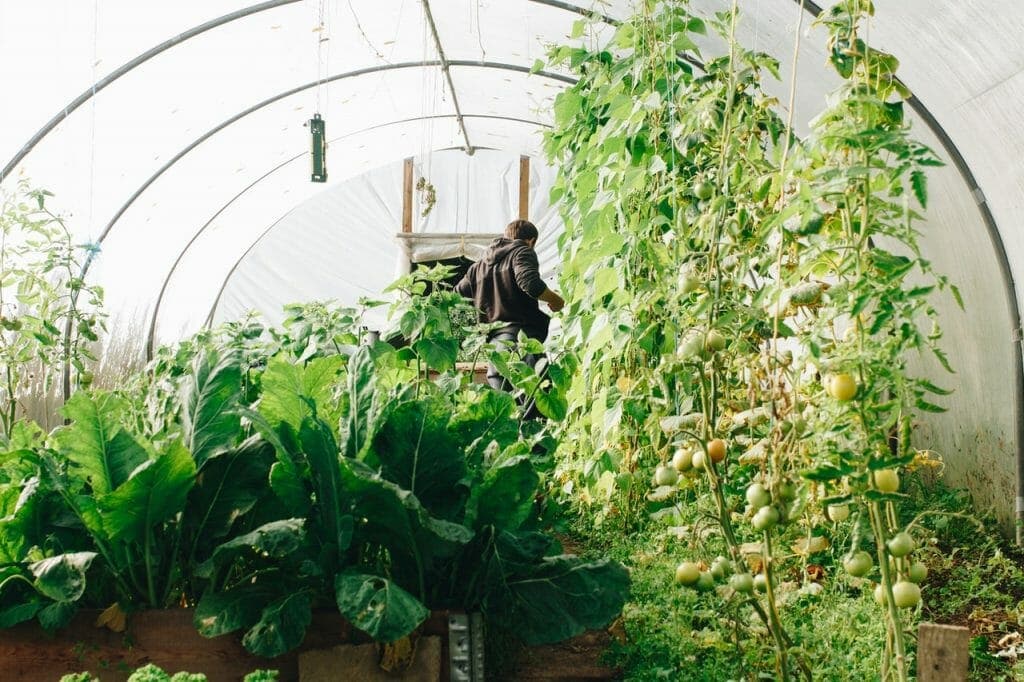Written by Steve Nix and published on https://www.thoughtco.com/.
From having a summertime snack in a shady spot to climbing to the highest branch, so many of our memories are rooted in nature and the trees that provide so much to us. Indeed, it is hard to imagine what our world would look like without the great forests of our preserves and parks or even the small woodlot or single tree we find in our own backyards.
But how much do you know about the trees near you? Scroll through the list below to meet the mighty species that clean our air, protect our water and provide habitat for the wildlife all around us!
Ten Most Common Trees in the United States
A United States Forest Service report called the “Checklist of Native and Naturalized Trees”suggests that there may be more than 865 different species of trees in the United States. Here are the 10 most commonplace native trees in the United States, based on several Federal surveys of tree species stem count, and are listed here in order of estimated numbers of trees by species:
Red Maple or (Acer rubrum)
Red maple is the most common tree in North America and lives in diverse climates and habitats, mainly in the eastern United States. Acer rubrum is a prolific seeder and readily sprouts from the stump which makes it ubiquitous in both the forest and in the urban landscape.
Loblolly Pine or (Pinus taeda)
Also called bull pine and old-field pine, Pinus taeda is the most widely planted pine tree in the eastern coastal states. Its natural range stretches from east Texas to the pine barrens of New Jersey and is the dominant pine tree harvested for paper and solid wood produces.
Sweetgum or (Liquidambar styraciflua)
Sweetgum is one of the most aggressive pioneer tree species and quickly takes over abandoned fields and unmanaged cut-over forests. Like red maple, it will comfortably grow on many sites including wetlands, dry uplands and hill country up to 2,600′. It is sometimes planted as an ornamental but out of favor because of the spiky fruit that collects underfoot in the landscape.
Douglas Fir or (Pseudotsuga menziesii)
This tall fir of the North American west is only surpassed in height by the redwood. It can grow on both moist and dry sites and covers coastal and mountain slopes from 0 to 11,000′. Several varieties of Pseudotsuga menziesii, including the coastal Douglas fir of the Cascade Mountains and the Rocky Mountain Douglas fir of the Rockies.
Quaking Aspen or (Populus tremuloides)
Although not as numerous in stem count as red maple, Populus tremuloides is the most widely distributed tree in North America spanning the entire northern portion of the continent. It is also called a “keystone” tree species because of its importance in diverse forest ecosystems within its large range.
Sugar Maple or (Acer saccharum)
Acer saccharum is often called the “star” of eastern North America’s autumn foliage show and very common in the region. Its leaf shape is the emblem of the Dominion of Canada and the tree is the staple of the Northeast maple syrup industry.
Balsam Fir (Abies balsamea)
Like quaking aspen and with a similar range, balsam fir is the most widely distributed fir in North America and the primary component of the Canadian boreal forest. Abies balsamea thrives on moist, acid and organic soils in swamps and on mountains to 5,600′.
Flowering Dogwood (Cornus florida)
Flowering dogwood is one of the most common understory hardwoods you will see in both hardwood and coniferous forests in eastern North America. It is also one of the most common of small trees in the urban landscape. It will grow from sea level to nearly 5,000′.
Lodgepole Pine (Pinus contorta)
This pine is in abundance, particularly in western Canada and the Pacific Northwestern portion of the United States. Pinus contorta is prolific throughout the Cascades, Sierra Nevada and extends to southern California. It is a pine tree of the mountains and grows to an elevation of 11,000 feet.
White Oak (Quercus alba)
Quercus alba can grow on the most fertile of bottomlands to the most sterile of mountain slopes. White oak is a survivor and grows in a wide range of habitats. It is an oak that inhabits coastal forests to the woodlands along the mid-western prairie region.
Original post here https://www.thoughtco.com/ten-most-common-trees-united-states-3971258.


